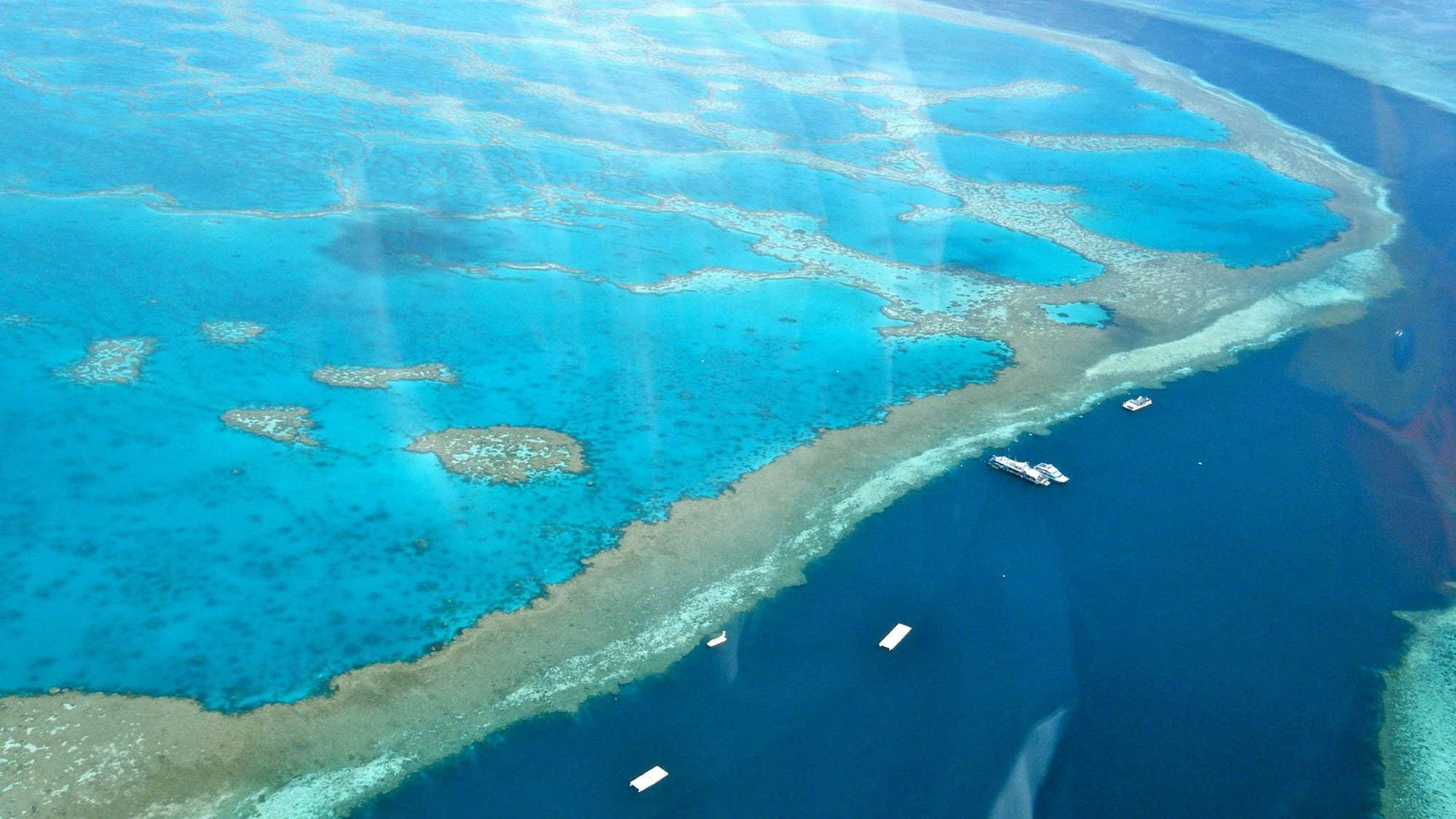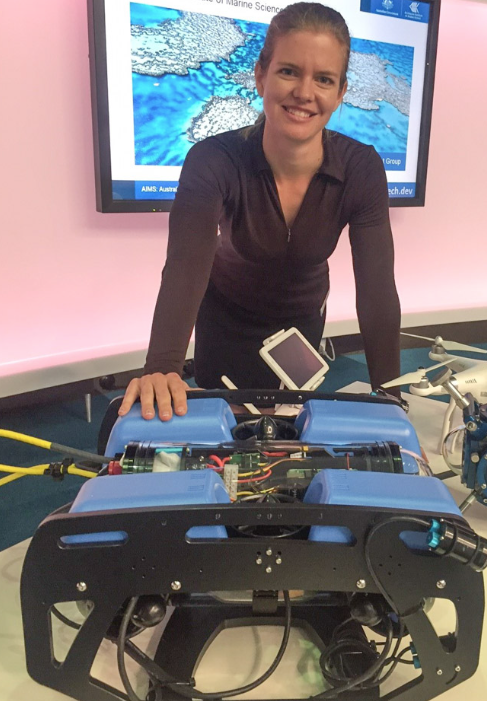Researchers at the Australian Institute of Marine Science have announced that water-powered remote vehicles have been introduced, which has led to the development of new monitoring techniques for large coral reefs. The team spent two weeks at sea to test the ROV2 Blue water craft , which has the ability to move according to its navigation system, and the team has previously worked to install pegs tied with a rope leading divers to dive aside to this rope around the coral, and signs and signs were also placed How-to guide diver stops to preview the area. AIMS Technology Transformation leader Melanie Olsen says her team put an ultra-clear camera on the 100m underwater vehicle.
 A picture of a marine barrier in Australia
A picture of a marine barrier in Australia
This crystal-clear camera captures more than
270 ranges of complex color information that the human eye and other cameras cannot analyze and identify these colors and provides the ability to scan coral reefs at multi-phase levels, including mapping the ocean floor, depth Water differs in lighting from sunlight or other, exploring bleached coral reefs, and more, says Melanie Olsen. This is the first time that we have conducted ROV2 flights on night missions, and we want to remain at a global level of competition and Therefore, we are strengthening our technological capabilities to monitor Large and new sections of coral reef in areas that may be dangerous for divers.
 Image taken from the same type of camera used in the vehicle
Image taken from the same type of camera used in the vehicle
These robots mean that coral reefs can also be monitored when it is not safe to plunge the plunger into the water due to sharks and so on.
Arabic site Unmanned Systems believes that such vehicles may actually help those interested in studying marine organisms ... but it may be necessary to use soft materials whose function is to reduce the shock in the event of a vehicle collision with coral reefs.

 A picture of a marine barrier in Australia
A picture of a marine barrier in Australia  Image taken from the same type of camera used in the vehicle
Image taken from the same type of camera used in the vehicle